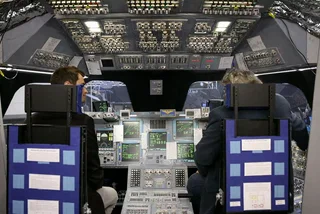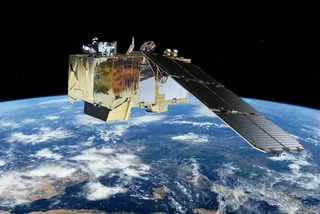The organization that operates Prague’s planetarium and observatories will send a small satellite into orbit next year in an effort to popularize science. The launch will take place in June 2022 from a Falcon 9 rocket made by Elon Musk’s aerospace firm SpaceX.
The Planetum1 satellite’s control center will be in Planetárium Praha, located in Stromovka park, and will be accessible to the public. The satellite is a relatively small type called a CubeSat, only 10 centimeters tall by 10 cm wide and 10 cm deep. Some 1,600 similar satellites are already in orbit.
A CubeSat is a U-class spacecraft. While cubes can be combined into larger satellites, Planetum1 is a single cube, making it a 1U satellite.
The Czech start-up firm Spacemanic and the Czech Aerospace Research Center (VZLÚ) in Prague cooperated on preparing the satellite, and Prague City Hall supported the project.
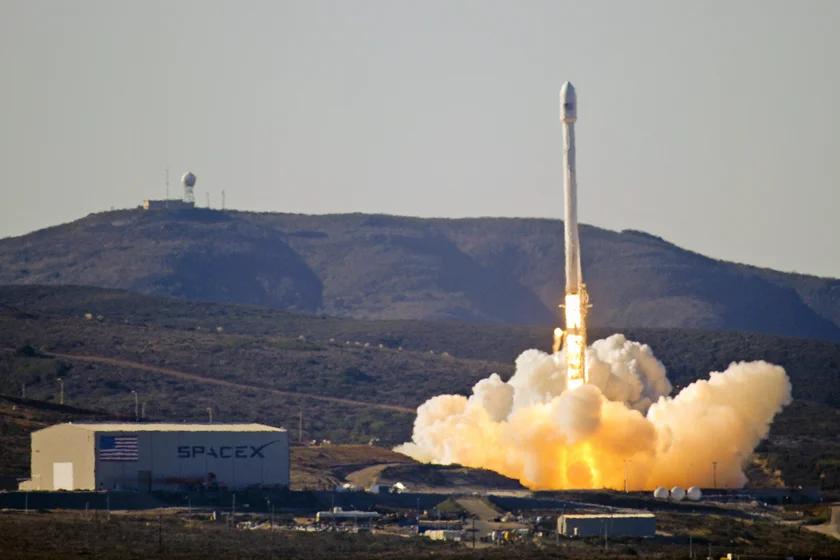
Planetum1’s mission is mainly educational. “The control center will be open for school trips and workshops, during which high school students as well as pupils in the last years of primary school will be able to get acquainted with individual branches of the space industry,” Planetum director Jakub Rozehnal said during the Czech Space Week festival in Prague.
Planetum is the organization that oversees the planetarium as well as Prague’s two observatories.
“Students will be able to directly communicate with the satellite and receive data on its orbit or make pictures from orbit,” Rozehnal added.
“There will be opportunities for university students to work on bachelor’s or master’s theses,” he added.
Despite its small size, the satellite is more than just an orbiting box. The satellite will carry a magnetometer, a device for measuring the Earth's magnetic field. The magnetometer will be on an extended arm to reduce the effect of electromagnetic noise from the on-board instruments. “The sensors on board will allow the measurement of the basic physical parameters of the near-space environment,” Rozehnal added.
“With an active orientation system … as well as camera settings with an accuracy of better than 1.5 degrees, Planetum1 will be the best spatially oriented 1U satellite in the world," Rozehnal added.
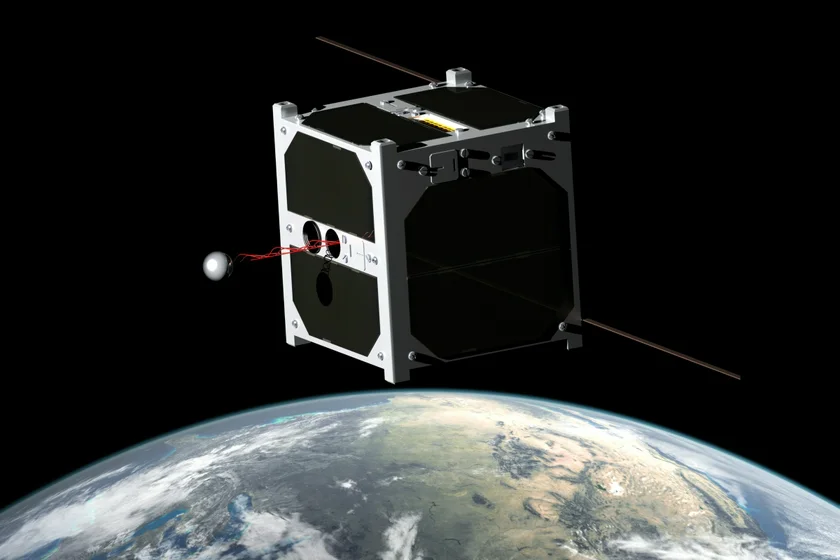
The small Czech satellite is hitching a ride with other projects being launched from the same SpaceX rocket. After an eight-minute ride into space, Planetum1 and other cargo will be sent off in a container called a deployer. Once the proper orbit is confirmed, Planetum1 will be set free.
It will orbit the Earth approximately every 90 minutes at a height of 550 kilometers, or about 100 to 200 kilometers higher than the International Space Station (ISS). It will also be moving very fast, almost 28,000 kilometers per hour.
“At this speed, the satellite would cover the distance between Prague and Brno in just 20 seconds," Rozehnal said.
Planetum1 will have heliosynchronous orbit – oriented toward the sun. “In a heliosynchronous orbit, the satellite moves between the planet’s poles so that it is above the illuminated side of the earth's surface, but at the same time relatively close to the border of light and shadow,” Rozehnal said.
The orbit will allow the satellite’s batteries to constantly be recharged from solar panels.
Communication will be via amateur radio frequencies, which will allow amateur radio enthusiasts to receive data from the satellite.
This will be the 10th satellite launched by either the Czech Republic or Czechoslovakia. The first was in 1978, when the Czechoslovak satellite MAGION was carried into orbit by the Soviet spacecraft Interkosmos 18. The small 30 cm by 30 cm by 16 cm satellite researched the magnetosphere and ionosphere for three years until its orbit decayed.
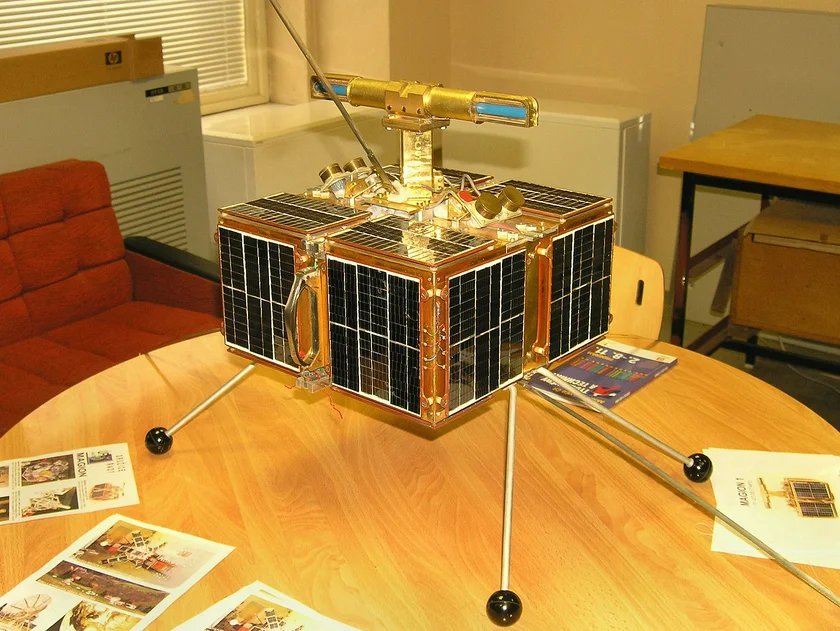
There was also one Czechoslovak cosmonaut. Vladimír Remek flew aboard the Soyuz 28 mission for seven days in March 1978. The last man on the moon, US astronaut Eugene Cernan, had Czech roots and took a Czechoslovak flag with him into space on Apollo 17 in 1972.
American astronaut A. J. Feustel, whose wife has Czech roots from her mother’s side, took a book of poems by Jan Neruda on a 2009 Space Shuttle flight to repair the Hubble Telescope and a plush doll of Krtek, the Czechoslovak “Little Mole” animation character, on a 2011 flight to the International Space Station.












 Reading time: 3 minutes
Reading time: 3 minutes 



